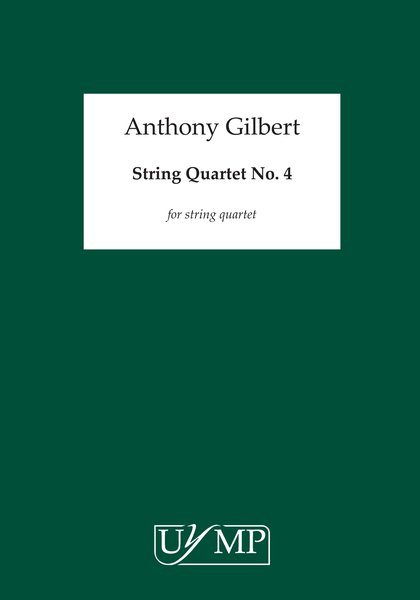I. Chants - rapt
II. Variations 1-45 - energetic, folky
III. Variations 46-51 - calm, intense
IV. Variations 52-61 - ‘play dirty’
These headings effectively say all that is necessary about the structure. The work is simply a nineteen-minute partita in four separate, very distinct movements, the latter three being based in different ways upon the lines of the three Chants, which are heard in nine passages sometimes singly, sometimes overlaid in this intense initial movement.
The second movement presents them as a 27-note chorale in three and four parts, played at breakneck speed, pizzicato, in 45 short variations – a relentless dance with solo breaks.
In the third movement, a passacaglia, they appear as overlaid, expressive lines, structured isorhythmically and building to a climax of great intensity. Effectively there are 18 variations, six in each of the three simultaneous main lines, initially heard as 3-part chorale phrases separated by nine F-sharp harmonics. The chorale lines then gradually become unglued, achieving complete dissociation at the climax with only the F-sharps to maintain stability. On the 27th of these, all freezes.
The Finale breaks the tension, and now develops the little coda-figure heard at the end of movements I and III into a 'riff'-like passage. The 'riff' acts as accompaniment to a solo line, itself fashioned from Chorale material in such a way as to sound improvised This produces nine 3-part variations. Tension is built up anew to a cataclysmic version of the movement I ending, and last of all comes a 'chopped-off' restatement of the first variation.
Quartet No. 4 was written especially for the Tavec String Quartet after hearing them play at the Halifax Young Musicians’ Festival in 2001, and its dedicatee is the late Christopher Rowland, former leader of the Sartori and Fitzwilliam String Quartets, then for over twenty years Director of Chamber Music at the RNCM and a great inspiration to all young chamber-music players. It was premiered by the Tavec at the Bollington Arts Festival in March 2003.
The work has a ‘political’ sub-text, which may or may not be perceptible to the listener.


